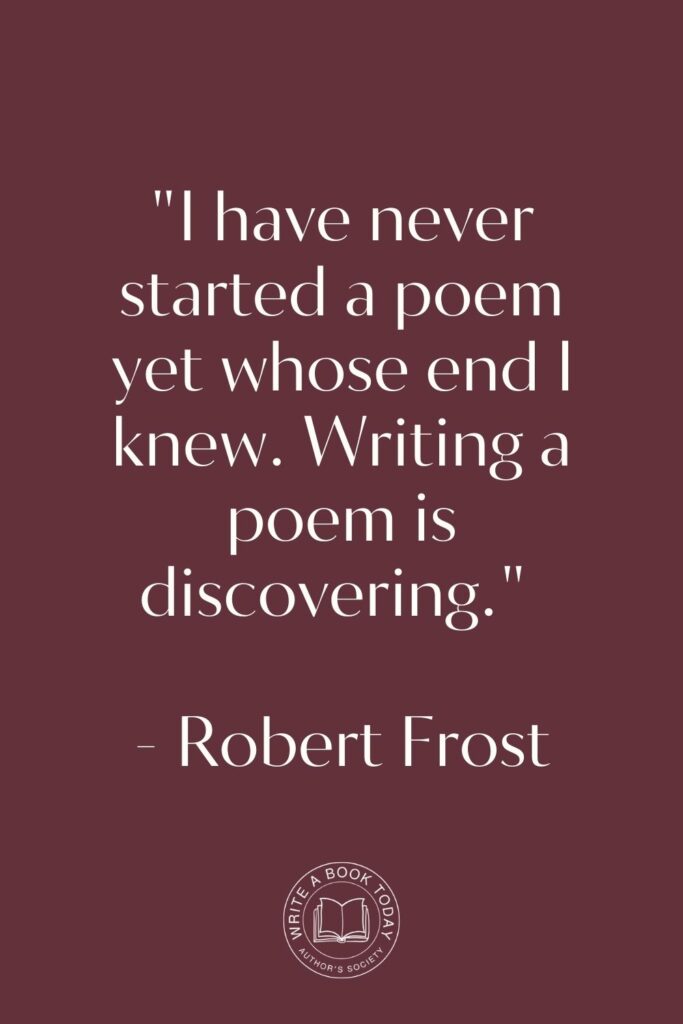Imagine weaving a tapestry where every thread has a purpose, an essence that binds the entire creation into a coherent masterpiece. In storytelling, this binding force is the theme.
It’s the silent whisper guiding narratives beyond mere entertainment, infusing them with depth and meaning.
But why is theme often hailed as the secret ingredient to elevating storytelling?
Let’s embark on this journey to uncover the profound role of theme in transforming your narratives.
Understanding the Essence of Theme in Storytelling
At its core, the theme in storytelling is akin to the heartbeat of a narrative. It’s the underlying message or insight that a story conveys, resonating with readers on a deeper level.
Unlike the plot, which details the sequence of events, the theme offers a lens through which these events are interpreted, providing a philosophical or moral dimension.
Defining Theme and Its Importance
The theme is the soul of a story, a universal idea that transcends cultural and temporal boundaries. It could be love, courage, freedom, or identity – concepts that echo the human experience.
Themes lend narratives a sense of purpose, making them relatable and thought-provoking. They transform stories into reflections of life, encouraging readers to ponder, question, and connect emotionally.
To identify your story’s theme, reflect on the central conflict your characters face.
Consider what they learn and how they change. This can guide you in crafting a theme that resonates throughout your narrative.

The Role of Theme in Engaging Readers
A well-crafted theme acts as a magnet, drawing readers into the narrative world. It provides a framework for character development, influencing their decisions and growth.
By engaging with the theme, readers find themselves emotionally invested in the characters’ journeys, experiencing their triumphs and tribulations.
This connection fosters empathy and understanding, leaving a lasting impression.
Differentiating Theme from Plot and Subject Matter
While the plot outlines the ‘what’ of a story, the importance of theme lies in the ‘why’.
The plot is the vehicle through which the theme is explored, but it doesn’t dictate the theme.
Similarly, the subject matter – be it a war, a family reunion, or a space adventure – provides the backdrop against which the theme unfolds.
Understanding these distinctions is crucial for crafting layered, meaningful narratives.
Consider a table comparing these elements:
| Element | Description |
|---|---|
| Theme | Underlying message or insight; reflects universal ideas. |
| Plot | Sequence of events; the ‘what happens’ in the story. |
| Subject Matter | Specific topic or setting; the ‘what’ of the story. |
The Creative Process: Finding Your Theme
Embarking on the journey to discover your theme is akin to unearthing a treasure trove of insights and emotions.
It begins with introspection, delving into your passions, beliefs, and experiences. What messages resonate with you? What do you wish to convey through your narrative?
Feeling lost with your debut novel?
Fiverr Pro connects you with expert editors, designers, and marketers – everything you need to get your book ready for success!

Exploring Universal Themes and Their Impact
Universal themes have stood the test of time because they speak to fundamental aspects of the human condition.
Love, identity, courage, and justice are just a few examples that can serve as rich veins of inspiration.
These themes offer a lens through which readers can explore the complexities of life, prompting reflection and engagement.
When exploring universal themes, consider how they manifest in different cultures and historical contexts.
This can add layers to your narrative, making it more relatable and profound.

Common Themes in Literature
Throughout literary history, certain themes have emerged as perennial favourites.
Love and romance, good vs. evil, coming of age, and the quest for identity are just a few examples.
These themes resonate because they tap into shared human experiences, allowing readers to connect on a personal level.
- Love and Romance: Exploring the nuances of romantic relationships.
- Good vs. Evil: The timeless battle between opposing moral forces.
- Coming of Age: The transition from childhood to adulthood.
- The Quest for Identity: Discovering one’s self and purpose.
Crafting a Thematic Statement
A thematic statement is a succinct expression of your story’s central theme. It encapsulates the essence of what you wish to convey, serving as a guiding light for your narrative.
Crafting a thematic statement requires clarity and introspection, distilling complex ideas into a single, impactful sentence.
Google Docs is for notes. Scrivener is for novels. Upgrade your writing game and try it for free today!

Weaving Theme into Your Narrative
Integrating theme into your narrative is an art that requires subtlety and skill. It involves aligning every element of your story – characters, plot, setting – with the overarching theme, creating a cohesive and resonant whole.
Integrating Theme with Character Development
Characters are the vessels through which themes come to life. Their journeys, struggles, and transformations should reflect and explore the thematic message.
Whether it’s a hero grappling with identity or a villain embodying corruption, characters provide a human dimension to abstract ideas.
Using Conflict to Highlight Themes
Conflict is a powerful tool for revealing themes. It forces characters to confront their beliefs, values, and limitations, allowing the theme to emerge naturally.
Through conflict, readers witness the thematic message unfold, engaging with the story on a deeper level.
Symbolism and Motifs: Reinforcing Your Theme
Symbols and motifs are invaluable in reinforcing themes without overtly stating them.
They add layers of meaning, inviting readers to interpret and engage with the narrative.
A recurring motif of darkness might symbolize ignorance, while a motif of light represents enlightenment.

Techniques for Subtle Theme Presentation
Striking the right balance between subtlety and clarity is crucial in thematic exploration.
The theme should be present but not overpowering, allowing readers to draw their own conclusions and interpretations.
Avoiding Didacticism in Thematic Exploration
Didactic storytelling risks alienating readers by being overly preachy. Instead, allow the theme to emerge through characters’ actions, dialogues, and experiences.
This approach engages readers, inviting them to reflect and connect with the narrative.
Maintaining Consistency Across Plot Developments
Consistency is key to maintaining thematic integrity. Ensure that every plot development, character arc, and setting aligns with the central theme.
This cohesion enhances the narrative’s impact, making it more memorable and meaningful.
No marketing platform? No social following? No problem!
Publisher Rocket helps you market your debut novel like a pro.
It’s a gamechanger for debut authors – try it today!


The Journey of Theme Evolution in Your Story
Themes are not static; they evolve as your story unfolds. As characters grow and plots twist, themes may deepen, shift, or reveal new dimensions.
Embrace this evolution as an opportunity to refine and enrich your narrative.
Revisiting and Refining Your Theme
As your story develops, periodically revisit your theme to ensure it remains relevant and resonant.
Reflect on how new plot developments and character arcs interact with the theme, allowing it to mature alongside your narrative.
Feedback: Gauging Thematic Resonance
Seeking feedback from trusted peers, writing groups, or beta readers can provide invaluable insights into how well your theme is communicated.
Their perspectives can highlight areas where the theme is effectively integrated and areas that require further development.
When seeking feedback, ask specific questions about the theme’s clarity and impact.
Encourage readers to provide examples from your text to support their observations.

The Art of Balancing Subtlety and Clarity
Achieving the right balance between subtlety and clarity is a delicate art.
You want your theme to be detectable without being too obvious, challenging readers to engage deeply with the narrative.
Leaving Room for Reader Interpretation
Allowing room for interpretation invites readers to actively engage with your story. It encourages them to draw their own conclusions, enhancing their connection to the narrative.
This approach respects the intelligence of your audience and enriches their reading experience.
Examples of Masterful Theme Development
Many renowned authors have mastered the art of weaving themes into their narratives, leaving a lasting impact on readers.
Examining their works can provide valuable insights into effective theme development.
Lessons from Literature and Film
Consider Harper Lee’s “To Kill a Mockingbird,” where the theme of racial injustice is intricately woven into the fabric of the narrative.
Through Scout Finch’s eyes, readers explore the deep-seated prejudices of the American South.
Similarly, George Orwell’s “1984” uses a dystopian setting to explore themes of oppression and surveillance, resonating with readers long after the final page.
Study how successful authors and filmmakers incorporate themes into their works.
Analyze how these themes are subtly yet powerfully conveyed through characters, plot, and symbolism.

The Power of Themes in Modern Storytelling
In contemporary storytelling, themes continue to play a pivotal role in shaping narratives that resonate with audiences.
They offer a lens through which societal issues, personal struggles, and universal truths are explored.
Inspiring Change Through Thematic Depth
Well-developed themes have the power to inspire change, challenge perceptions, and provoke thought.
They encourage readers to reflect on their own beliefs and experiences, fostering empathy and understanding.
In a world rife with complexities, themes provide a guiding light, illuminating the path to greater awareness and connection.
In conclusion, the theme is not merely an accessory to storytelling; it is the very essence that breathes life into narratives.
By embracing and nurturing themes, writers can craft stories that resonate deeply, leaving an indelible mark on readers’ hearts and minds.
So, embark on this creative journey, and unlock the transformative power of themes to elevate your storytelling to new heights.









Nice Work! I like and love this work
Glad we can help:)